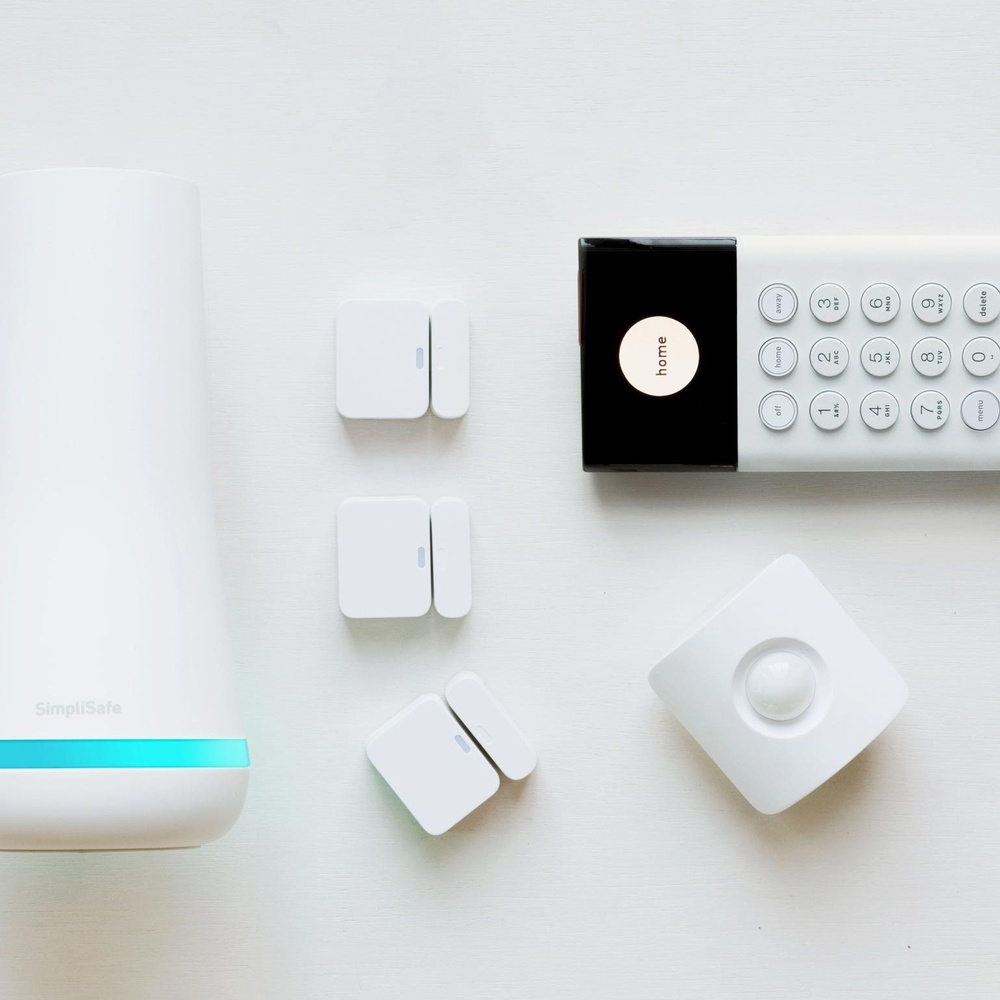Vulnerability Exposed: SimpliSafe Security System Can Be Circumvented with a Low-Cost Device
- Loxicom
Categories: bypassing security systems enhancing home security measures home security risks interference low-cost device simplisafe simplisafe security system unauthorized access vulnerability wireless sensor frequency vulnerability wireless sensors

Vulnerability Exposed: SimpliSafe Security System Can Be Circumvented with a Low-Cost Device
In the quest for a simple, affordable, and effective home security solution, many homeowners turn to security systems like SimpliSafe. These systems employ wireless sensors strategically placed at entry points, such as doors and windows, to provide real-time alerts and protection. However, a recent demonstration by YouTuber LockPickingLawyer has revealed a vulnerability in the SimpliSafe security system, as well as other budget systems. With the use of a readily available $2 device, burglars can bypass the alarm and gain unauthorized access.
The Wireless Sensor Dilemma: SimpliSafe and other budget security systems rely on wireless sensors operating at the frequency of 433.92 MHz. This frequency band is commonly used by various wireless home products and falls within the amateur radio range. While cost-effective for manufacturers like SimpliSafe, this frequency choice poses a significant security risk. Interference at this frequency can easily occur, rendering the system unable to detect breached entry points.
Interference and Bypassing the Alarm: As LockPickingLawyer demonstrates, any transmitter operating within the same frequency range can interfere with the SimpliSafe security system. Even a simple $2 wireless remote or a more powerful handheld ham radio costing around $25 can generate enough interference to prevent the system from registering a sensor signal. Although the SimpliSafe system can detect high levels of interference, it is not designed to alert authorities due to the potential for numerous false alarms triggered by nearby devices. However, users have the option to receive notifications when interference is detected, which is a prudent setting to enable.
While security systems like SimpliSafe aim to offer affordable and convenient protection for homes, the recent discovery of a vulnerability highlights the need for continued scrutiny and improvement. Homeowners using these systems should be aware that unauthorized individuals armed with inexpensive devices can potentially bypass their security measures. To mitigate the risk, it is advisable to remain vigilant, enable interference detection notifications, and consider additional security measures alongside wireless sensor-based systems. Manufacturers should also take this opportunity to enhance the security of their products, ensuring that their customers' homes remain protected in an increasingly interconnected world.